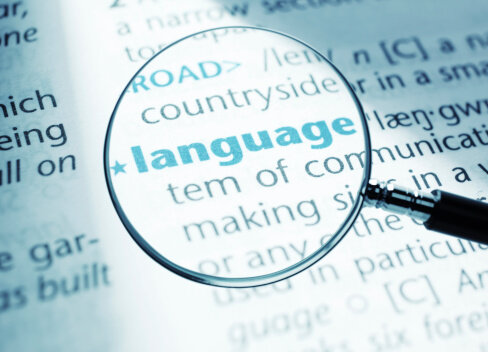Tips For Supporting Multilingual Patients
When working in the healthcare industry, you interact with people from all walks of life. That also includes addressing healthcare disparities. One group of people affected by health outcome disparities are patients that don’t speak English as their first language. So, how do you care for a patient when there is a language barrier? Below are a few tips on how to communicate with multilingual, or LEP (limited English proficient), patients to provide them with effective and efficient care.
First and foremost, shouting or talking louder to a multilingual patient is not going to help you or them with a resolution. They’re not deaf (at least not usually), so that approach can feel demeaning to a patient. This can cause them to get defensive and feel like the provider doesn’t respect them. Essentially, it can potentially break any trust between the provider and patient.
Language Access Services
Does your medical or healthcare facility offer an LAS (or Language Assistance Service) system? This service is designed to provide effective communication between multilingual patients and English speakers. The service usually includes oral interpretation and written translation for the patient. The demand for this service is necessary due to the continued increase of language diversity in the United States. According to the institute of medicine, “the number of individuals who speak English less than “very well”, increased from 14 million in 1990 to 21.4 million in 2000.” That’s a 53% growth over a 10 year period. Not only is this service helpful for the patient, but can offer a more concise dialog between the patient and nurse to provide sufficient treatment.
Healthcare IQ
Now that we’ve addressed how we can better communicate with multilingual patients. How can we ensure their quality of care? AHRQ (Agency for Healthcare Research and Quality), offers methods to help reduce the complexity of healthcare, increase the patients understanding of health information and enhance support for patients of all health literacy levels. “Studies have shown that people from all ages, races, income and education levels are challenged by the inability to obtain, process and understand basic health information and services needed to make proper health decisions and to follow instructions for their treatment”, says Medical Economics. The AHRQ has found that only 12% of the adult population has the ability to understand our complex health systems. As a result, it’s encouraged for doctors to utilize the “AHRQ health literacy universal precautions toolkit”.
Use Available Resources To Educate Yourself
In order to be successul in the healthcare industry, you must be a great communicator. Part of communicating in healthcare is being able to show empathy, be caring towards others and sensitive to cultural differences. For a doctor or any other healthcare professional. You should first evaluate personal attitudes, beliefs and behaviors that could influence your care of patients. Also, refer to a communication model such as: LEARN or ESFT. Next, you should perform a self-assessment like the one available from the Georgetown University National Center for Cultural Competence; called the Cultural and Linguistic Competence Health Practitioner Assessment*. Lastly, the most important quality you need to acheive success with treating a multilingual patient is patience and tolerance. Finding out what services your employer offers to accomodate these patients in need is a great place to start.
*The site is currently under construction, but offers other assessment options and tools.



